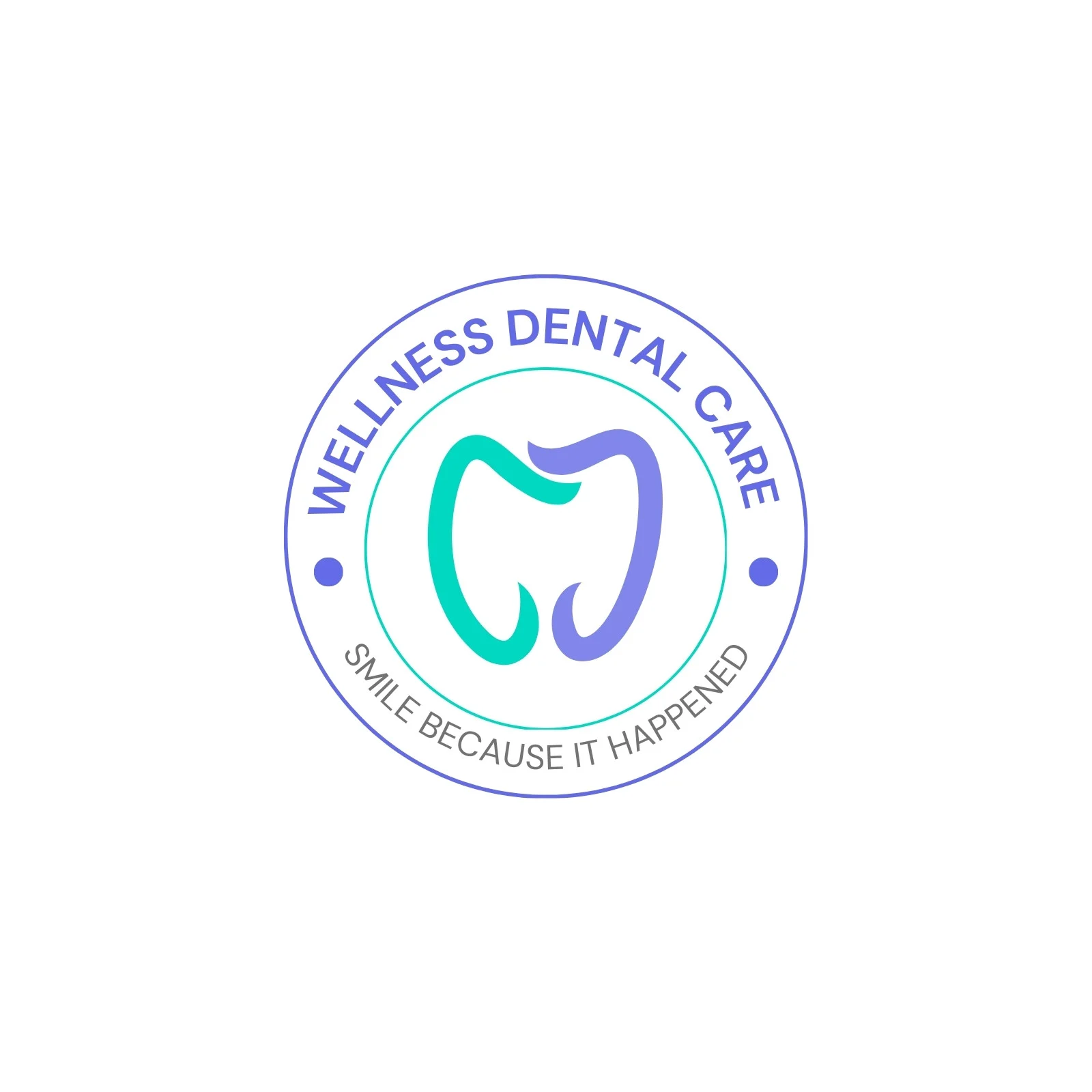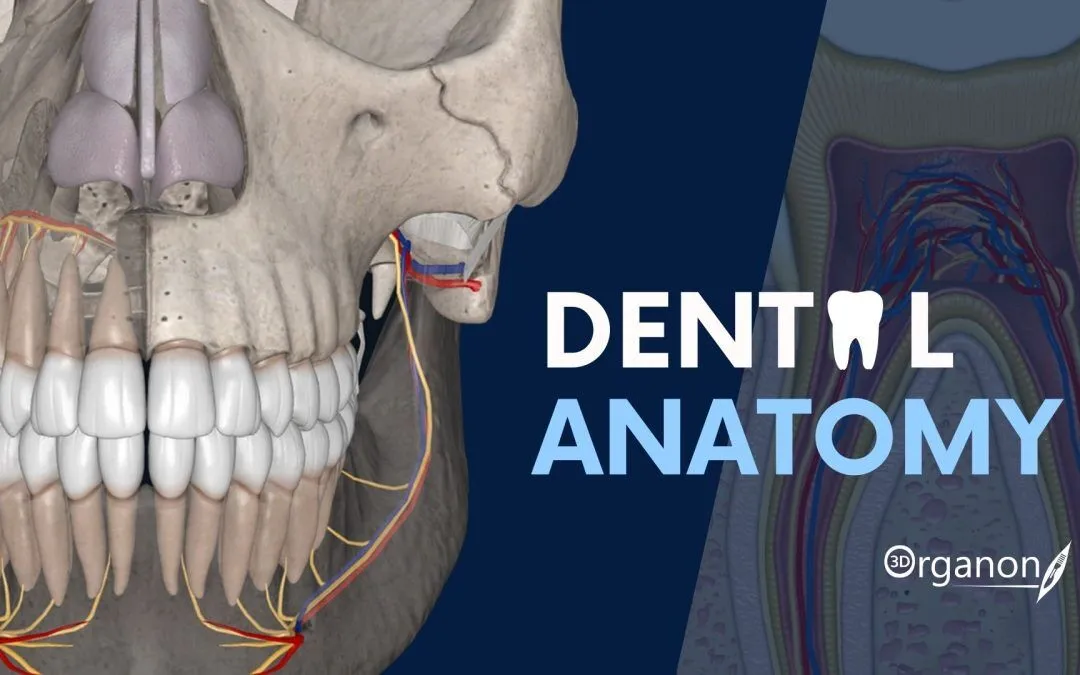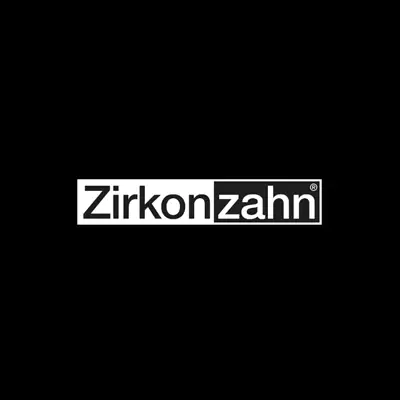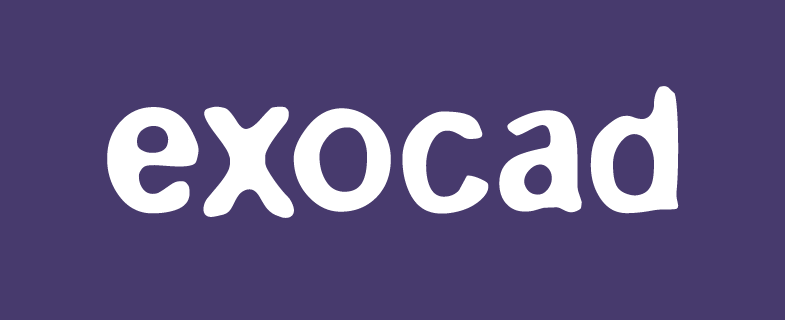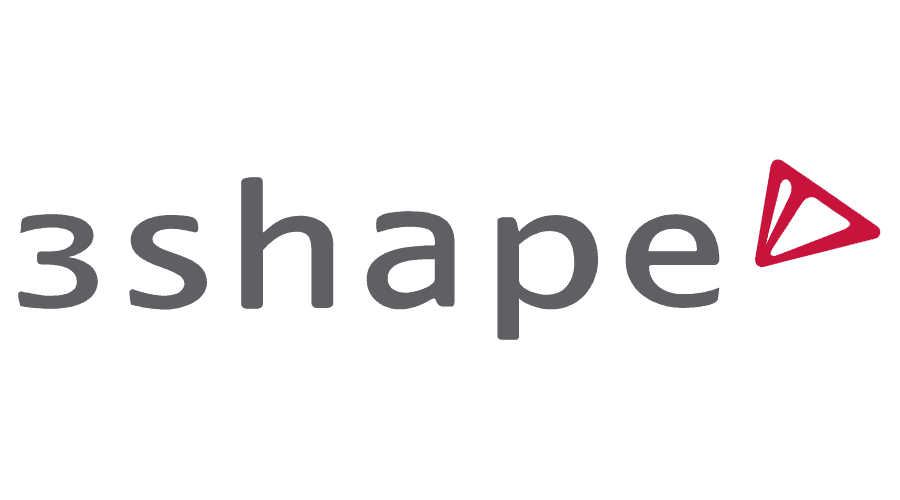EpiDent — Tracking Dental Records and Population Health
Context
EpiDent was built with a slightly different focus compared to most dental record systems. Instead of being only a chairside tool for dentists, it is equally oriented toward public health and research. The system allows clinics and research groups to log individual treatments while at the same time collecting larger datasets — caries statistics, survey results, and outcome tracking. This balance makes it suitable for universities, NGOs, or regional health projects where the goal is not just managing one patient at a time, but also understanding oral health trends across entire communities.
Technical Profile
| Area | Details |
| Platform | Web-based, SQL backend; works on Linux or Windows servers |
| Dental focus | Caries index monitoring, treatment history, epidemiology datasets |
| Core modules | Patient registry, survey builder, reporting dashboards, treatment notes |
| Interop | CSV/Excel export; partial HL7/FHIR implementation |
| Imaging | Supports image attachments (JPEG/PNG); no native DICOM |
| Security | SSL, role-based logins, audit trail |
| Multisite | Can be deployed across several clinics or research sites |
| Backup/DR | Database dumps, scheduled backups, replication if required |
| Licensing | Free community tier; advanced research options available by subscription |
Scenarios (Dental-Specific)
– A university department uses EpiDent for epidemiology classes, letting students analyze caries surveys instead of relying on paper data.
– A public health program installs it in multiple schools to keep track of children’s oral health and generate yearly reports.
– An NGO with mobile dental units logs patient treatments locally, then uploads data to a central server for aggregated statistics.
Workflow (Admin View)
1. Deploy on a secure server with SQL database backend.
2. Set up user roles (dentist, researcher, admin).
3. Configure survey templates and patient record forms.
4. Train staff to enter both clinical treatments and epidemiological data.
5. Enable CSV/Excel exports for further analysis in statistical tools.
6. Schedule automated backups and maintain retention policies.
Strengths / Weak Points
Strengths
Designed not only for clinics but also for population-level tracking.
Fits research, NGO, and teaching environments well.
Free edition covers most basic use cases.
Built-in reporting makes it easier to analyze large datasets quickly.
Weak Points
Less practical as a full-featured daily EMR in private clinics.
Imaging support is minimal.
HL7/FHIR integration is basic, not enterprise-ready.
Scaling across many sites requires careful IT planning.
Why It Matters
Dentistry is about more than one patient’s treatment plan — public health programs also need data to see the bigger picture. EpiDent gives that missing layer, combining basic clinical logging with tools for analyzing community-wide oral health. It is not a direct competitor to advanced EMRs but instead fills a niche for schools, NGOs, and health authorities that need both patient records and epidemiological insight in one platform.



